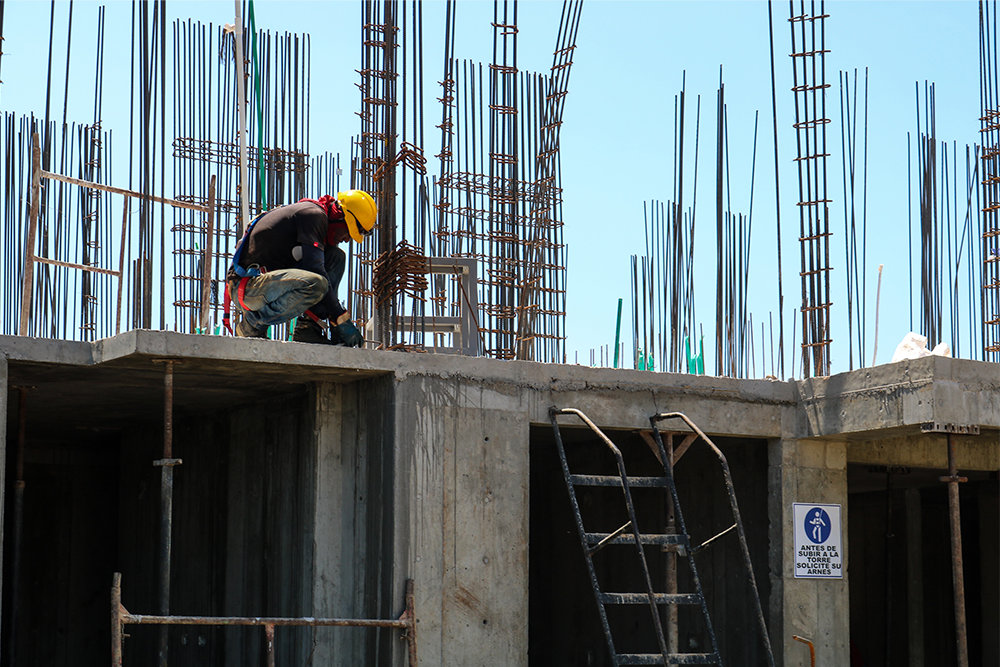Challenges infrastructure investment in emerging markets
By 2040 the world faces a $15 trillion gap between projected investment and the amount needed to provide adequate infrastructure.
Private investment in infrastructure through primary market transactions remains low at around USD 100 billion per year and has been declining over the past decade. The ambition of the international community to mobilise more private investment in emerging markets is not being fulfilled at a pace consistent with transformational change.
Emerging markets will account for nearly two-thirds of that investment need and the financing they require could increase further if we hope to meet the United Nations’ Sustainable Development Goals.
Private infrastructure investment has been dominated by investment in high-income countries, accounting for around 67% of the total on average over the past decade. During this period, emerging markets listed infrastructure has underperformed global equities on both return and risk.
Developing infrastructure that is sustainable, resilient and inclusive is a complex endeavour and it is even more so in emerging markets. Here are five of the biggest challenges faced by investors in emerging markets:
1. Weak financial oversight
Successful infrastructure development requires inclusive planning, disciplined oversight, transparency, rigorous review and tight control of budgets. Weak public investment management in emerging markets can lead to a lack of strategic guidance, appraisal processes, independent reviews, cost and scheduling controls, and post-project assessments. Such conditions put funding at risk and turn away potential investors.
2. Inconsistent power supply
Data compiled by the World Bank confirms the presence of large gaps in global access to electricity, water and transportation infrastructure and indicates that such gaps constrain economic activity.
Investors in emerging markets deal with an average of 4.3 power outages a month, which cost 3.4 percent of annual sales and drive up infrastructure development costs.
3. Weak framework for PPPs
Public-private partnerships (PPPs) work best in a strong regulatory environment, which some emerging markets may lack. As analysed in the InfraCompass tool, this can be especially problematic in land acquisition. Delays in securing ground approvals and resource rights processes will lead to expensive cost overruns that can risk the integrity of the PPP.
In addition, a weak regulatory climate may bring adverse effects for the private sector in the event of a default that can trigger an immediate freeze of project assets as opposed to debt coverage negotiation.
4. Confusing regulatory environment
Communication gaps may exist regarding a project’s environmental and regulatory requirements. Having to backtrack and fulfil regulations that were not mentioned from pre-bid inception onwards can add substantial delays and costs.
Unclear and restrictive guidelines can slow down bid preparation and submission, and effectively navigating the process will require additional layers of experts and advisers, increasing costs.
5. Human and physical resource constraints
Labor supply, labor quality and labor laws are critical to a project’s success. Although emerging markets may appear to have a surfeit of labor supply, educated construction labor may be hard to find and keep. Fully funded, viable infrastructure projects have stalled indefinitely due to a lack of both construction and management expertise.
Beyond these five challenges there may also be an elevated potential for corruption, geopolitical and cross-border risks, and foreign exchange risks.
For emerging markets to fund all the infrastructure development they require they must mitigate these challenges and risks to both protect public investment and better attract foreign capital.

 Infrastructure Outlook
Infrastructure Outlook




